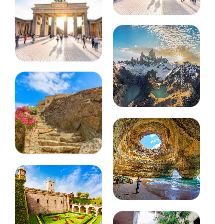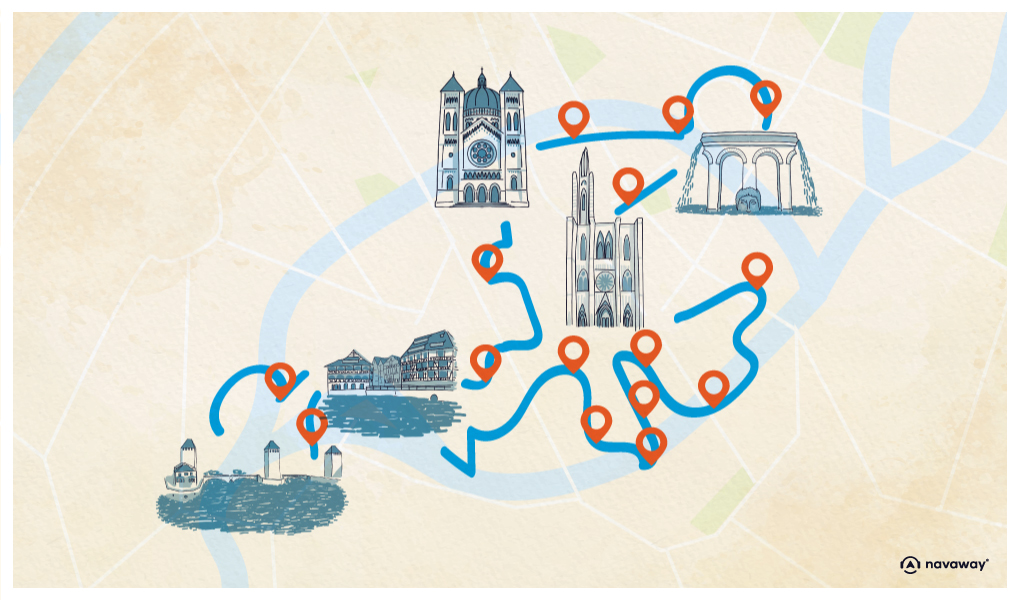
European Parliament in Strasbourg: everything you need to know to organise your visit
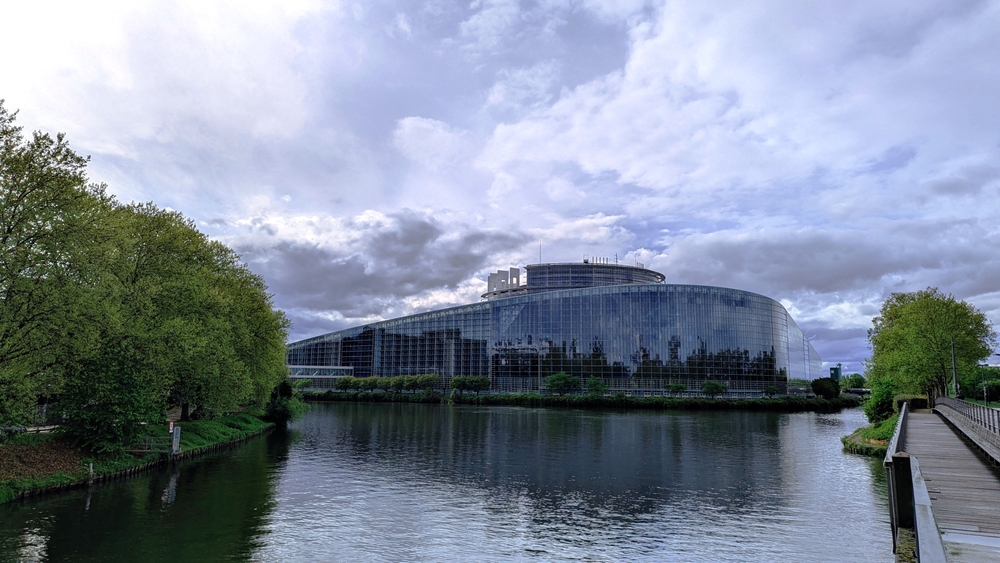
At the heart of Strasbourg’s European quarter, the European Parliament is a powerful symbol of democracy and European unity. This major institution, with its emblematic modern architecture and rich historical heritage, attracts thousands of visitors every year who want to go behind the scenes of European integration. Between the imposing Louise Weiss building, the hemicycle where 705 MEPs sit, and the Simone Veil Parlamentarium, this unique venue offers a fascinating insight into the history and workings of democratic Europe.

1. The Chamber, the beating heart of European democracy
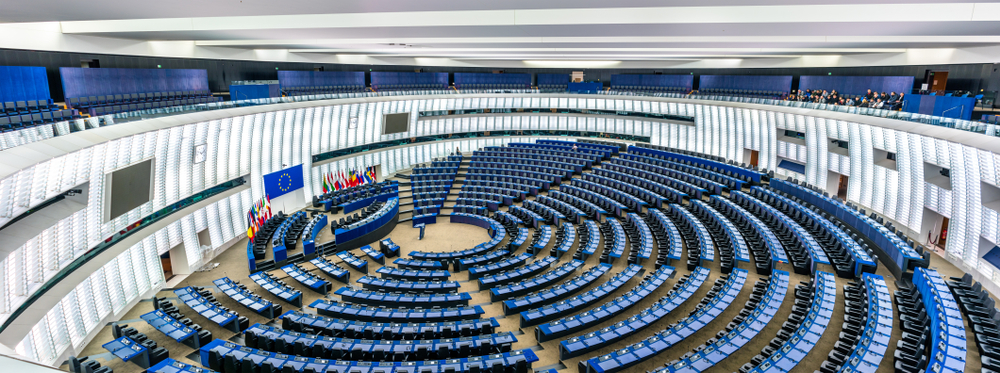
The hemicycle of the European Parliament in Strasbourg represents the very essence of European democracy in action. This impressive debating chamber, inaugurated in 1999 with the opening of the Louise Weiss building, is home to the 705 MEPs representing the 27 Member States of the European Union. With over 750 seats, it is the largest hemicycle in Europe, testifying to the ambition and scope of the European project.
From the terraces reserved for visitors, you can enjoy a privileged view of the workings of this unique institution. The plenary sessions, which take place from Monday afternoon to Thursday lunchtime around four times a month, transform this space into a veritable theatre of democracy where common European policies are shaped. The circular architecture encourages exchanges and symbolises the equality of all MEPs, whatever their nationality.
The technical configuration of the hemicycle is impressive in its complexity: a system of simultaneous translation in the 24 official languages of the Union, an electronic voting system and state-of-the-art audiovisual equipment make it possible to manage Europe’s linguistic and cultural diversity. This technical feat makes the daily miracle of multilingual democracy possible.
See also the Strasbourg guide :
- Culinary specialities in Strasbourg
- Visit Strasbourg’s German Quarter (La Neustadt)
- Discover Strasbourg: boat trip
- Activities in and around Strasbourg
2. The Simone Veil Parlamentarium, an interactive journey to the heart of Europe
The Simone Veil Parlamentarium, open to the public since July 2017, pays tribute to this emblematic figure in European history, who was the first President of the European Parliament to be elected by direct universal suffrage. This dynamic, interactive exhibition space offers an exceptional immersive experience to help visitors understand the history of European unification and the crucial role of the Parliament.
The multimedia exhibition, available in the 24 official languages of the European Union, guides you through the key stages of European integration. Poignant testimonies, never-before-seen video archives and interactive installations retrace Europe’s journey from the ruins of the Second World War to the challenges of today. Touch screens and fun features make this discovery accessible to visitors of all ages.
You will discover how the European institutions impact on your daily life, from air quality rules to food safety standards and free movement agreements. This educational approach transforms sometimes abstract concepts into concrete realities, giving everyone a better understanding of what is at stake in European citizenship.
3. The architecture of the Louise Weiss building, a symbol of transparency
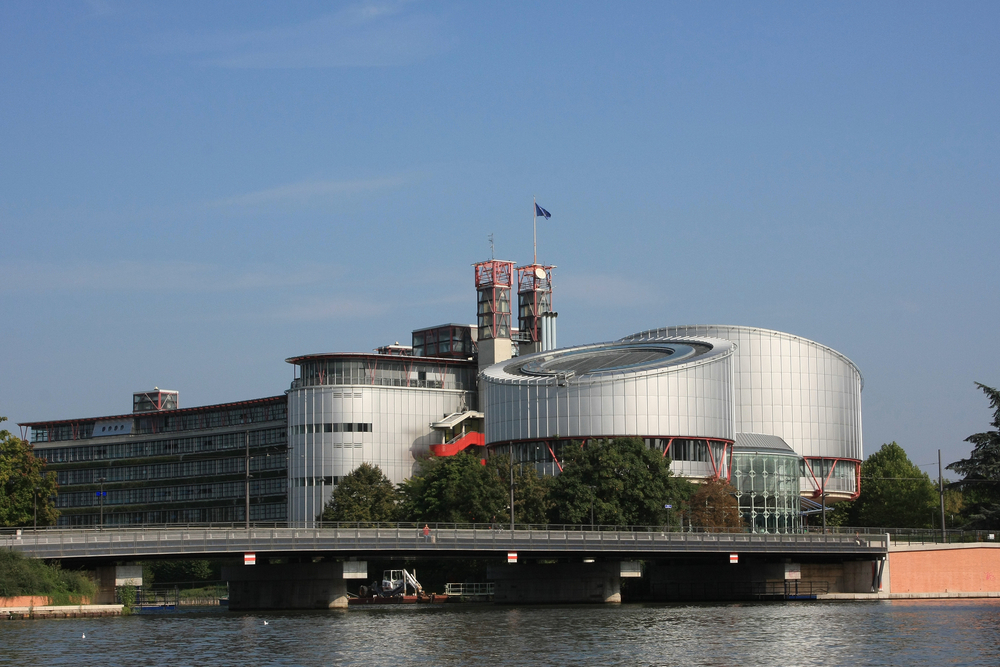
The Louise Weiss building impresses with its bold architecture, designed by the Architecture-Studio Europe agency. The building, inaugurated in 1999, is named after Louise Weiss (1893-1983), a French journalist, committed politician and fervent European who was a Member of the European Parliament and defender of women’s rights. Her name perfectly symbolises the values of commitment and progress embodied by the institution.
One of the most spectacular features of the building is the 13,000 m² glass façade along the Ill river. This immense transparent surface, 60 metres high, symbolises the democratic transparency of the European Union and the openness of its institutions to its citizens. This architectural feat creates a striking play of reflections with the waters of the Alsatian river.
The architecture is organised around three main volumes: an arch, a dome and an elliptical tower encircling a central agora. This configuration encourages meetings and exchanges, architecturally embodying the ideal of European dialogue. The tower, which is deliberately unfinished, symbolises the European project, which is constantly under construction, always open to change and expansion.
With a total surface area of 220,000 m², the complex houses not only the 750-seat hemicycle, but also 1,133 offices and 18 committee rooms. This monumental infrastructure bears witness to the scale of Europe’s legislative work and the need for spaces suited to cooperation between 27 nations.
4. Parliament’s exhibitions and cultural spaces
In addition to its institutional function, the European Parliament in Strasbourg offers a rich programme of temporary and permanent exhibitions to enhance your visit. These cultural spaces, located in the galleries and corridors of the Louise Weiss building, showcase contemporary European art and raise awareness of current social issues.
Interactive multimedia installations explore a range of European themes: the history of European integration, environmental challenges, cultural diversity and technological innovation. These regularly updated teaching aids keep the site attractive to regular visitors and provide a cultural approach to current European affairs.
The “Ideal Libraries” area is a special feature, presenting a selection of books chosen by MEPs to represent the intellectual and cultural diversity of the continent. This original initiative illustrates the richness of Europe’s literary heritage and encourages intercultural discovery.
5. Practical information for visiting the European Parliament
Download the audio-guided tour to discover Strasbourg on foot and on your own
To complete your discovery of the European Parliament, don’t hesitate to explore the whole of Strasbourg on the Navaway audio tour. This 6.2 km route guides you through 33 places of interest, from Petite France to the European institutions, for a complete self-guided discovery of the Alsatian capital. The audio guide reveals the secrets of the architecture, the fascinating history of the city and its most surprising anecdotes.
Opening times and how to get there
The European Parliament in Strasbourg is open to visitors all year round, from Monday to Saturday. Visits are entirely free and last about an hour. During plenary sessions, access is possible but reservations are compulsory. Outside sessions, individual visits are possible without reservation:
– Monday to Friday: 9am to 6pm (last entry at 5pm)
– Saturday: 9.30am to 12.00pm then 1.00pm to 6.00pm
– Tours are available in the 24 official languages of the EU
– Valid ID required
Address and access
The European Parliament is located at 1 Allée du Printemps, 67070 Strasbourg. The visitors’ entrance is at 8 rue Boecklin. There are several means of transport for easy access:
– Tram: line E, “Parlement Européen” stop
– Bus: lines 15, 30, 72, “Conseil de l’Europe” or “Parc de l’Orangerie” stops
– On foot: 25 minutes from the city centre
– Car: pay parking on site, park-and-ride facilities recommended
Tips for making the most of your visit
To make the most of your visit, download the “EP Visit Strasbourg” application, which enhances your tour with multimedia content. It’s best to arrive early in the morning to avoid the crowds, especially during the plenary sessions. The panoramic terrace of the Weiss building offers an exceptional view of Strasbourg and will be open to visitors during the 2025 summer season.
The Navaway itinerary will guide you as you explore the Alsatian capital, placing the European Parliament in the wider context of Strasbourg’s and Europe’s history.
6. The history and development of the European Parliament in Strasbourg
The European Parliament’s location in Strasbourg is no accident. This historic decision reflects the symbolic desire for European reconciliation after the conflicts of the 20th century. Strasbourg, a frontier city that has changed nationality several times, was the perfect embodiment of this ambition for peace and cooperation between the peoples of Europe.
Created in 1952 as the Common Assembly of the ECSC (European Coal and Steel Community), the European Parliament has evolved considerably. From a simple consultative assembly, it has become a fully-fledged legislative body, co-deciding with the European Council on the majority of European legislation. This transformation bears witness to the deepening democratic dimension of European integration.
The Maastricht Treaty of 1992 officially confirmed Strasbourg as the seat of the European Parliament, consolidating the city’s role in Europe’s institutional architecture. This official recognition led to the construction of the Louise Weiss building, which replaced the former Palais de l’Europe shared with the Council of Europe.
7. The European Parliament in Strasbourg’s European quarter

The Parliament is part of an institutional complex that is unique in the world, the European quarter of Strasbourg. In the immediate vicinity are the Council of Europe (Place des Droits de l’Homme, 67000 Strasbourg, rated 4.3/5 on Google for 2,400 reviews) and the European Court of Human Rights, forming an exceptional centre of European governance.
This concentration of European institutions has turned Strasbourg into a veritable “capital” of European rights and democracy. The Europe Trail, a 2.5 km educational walk, introduces visitors to these different institutions and helps them to understand their complementary roles in the architecture of Europe. This themed trail, punctuated by explanatory panels, is an excellent complement to a visit to the Parliament.
For a more in-depth look at this European dimension, the tour of Strasbourg integrates these institutions perfectly into the city’s history, helping you to understand how Strasbourg became the “Capital of Europe”.
8. Events at the European Parliament
In addition to its plenary sessions, the European Parliament in Strasbourg hosts numerous events that enhance its cultural and civic influence. Every year, the European Heritage Days provide an opportunity to discover areas that are usually closed to the public, with exceptional guided tours and meetings with those involved in parliamentary life.
The European All-Nighter, organised periodically, transforms the building into a cultural space with screenings, concerts and artistic installations. These events allow visitors to see the institution from a different, more accessible and convivial angle, while raising awareness of European citizenship.
Public conferences, citizens’ debates and temporary exhibitions punctuate Parliament’s cultural calendar. These initiatives are part of an approach based on transparency and dialogue with citizens, fundamental values of European democracy that you can better understand by visiting Strasbourg as a whole.
In conclusion, a visit to the European Parliament in Strasbourg is a must for anyone interested in contemporary history and the workings of democratic institutions. This living symbol of European unity, with its remarkable architecture and innovative educational facilities, offers a unique insight into the issues of our time. Discovering this major institution takes on its full meaning in the wider context of exploring Strasbourg, a city where historical heritage and European ambitions go hand in hand. Don’t hesitate to extend this discovery by following the full itinerary for visiting the capital of Alsace, for a total immersion in this unique city where Europe has taken root.
FAQ – Frequently asked questions
Are visits to the European Parliament free?
Yes, visiting the European Parliament in Strasbourg is completely free. It includes access to the hemicycle, the Simone Veil Parlamentarium and the temporary exhibitions. Only a valid identity card is required.
How long does a visit to the European Parliament last?
A full tour of the European Parliament takes around an hour. This time will allow you to discover the hemicycle, the Simone Veil Parlamentarium and the main exhibitions. Allow a little more time if you wish to explore certain aspects in greater depth.
Can I visit Parliament during plenary sessions?
Yes, it is possible to visit Parliament during plenary sessions, but booking is essential. These visits offer a unique opportunity to see MEPs in action and to gain a practical understanding of the democratic workings of the European Union.
When is the best time to visit the European Parliament?
The Parliament can be visited all year round, but it is best to visit in the mornings to avoid the crowds. The plenary sessions (around 4 times a month) offer a more lively experience, while the periods when the Parliament is not in session allow you to explore the building in more leisurely fashion.
200 audioguided tours for cities all around the world
Download